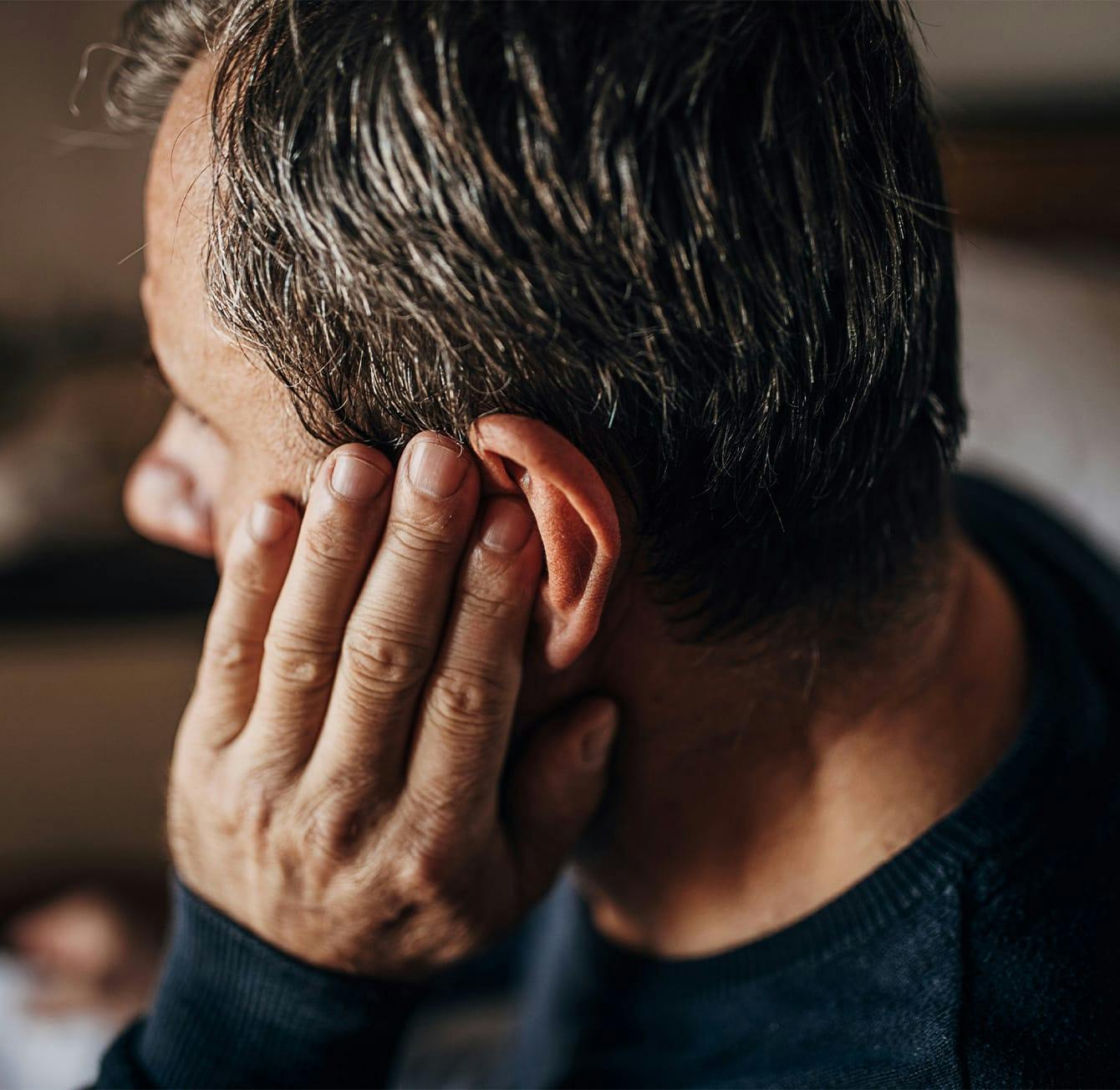Single-sided deafness (SSD), sometimes referred to as unilateral hearing loss, is a condition in which an individual experiences hearing loss in only one ear but can hear normally out of the other ear. While the majority of patients with a hearing impairment suffer from bilateral (two-sided) hearing loss, SSD is diagnosed in approximately 60,000 people in the United States each year. There is no cure, and treatment can be a challenge because traditional amplification devices prove less effective. However, alternative options are available for managing single-sided deafness.

Treatments for Single-Sided Deafness
While there is no cure for single-sided deafness, options exist for helping patients cope with unilateral hearing. Traditional hearing aids don’t offer much help to those suffering from SSD, but Contralateral Routing of Signal (CROS) hearing aids can improve hearing and localization. They utilize a microphone that is placed in the vicinity of the impaired ear and an amplifier near the normal ear. The microphone picks up sounds and transmits them to the patient’s “good” ear. A similar device known as BICROS is suitable for individuals with some degree of hearing loss in one ear and total deafness in the other. Another option is a Bone Anchored Hearing Aid (BAHA), a surgically implanted device that uses direct bone conduction to transmit sounds from the affected ear to the normal one. Vibrations in the bones of the ear canal and middle ear stimulate the hair cells of the cochlea, boosting the ability to hear.
To learn more about treatment options, contact our Center For Advanced Hearing Care for a full evaluation.

